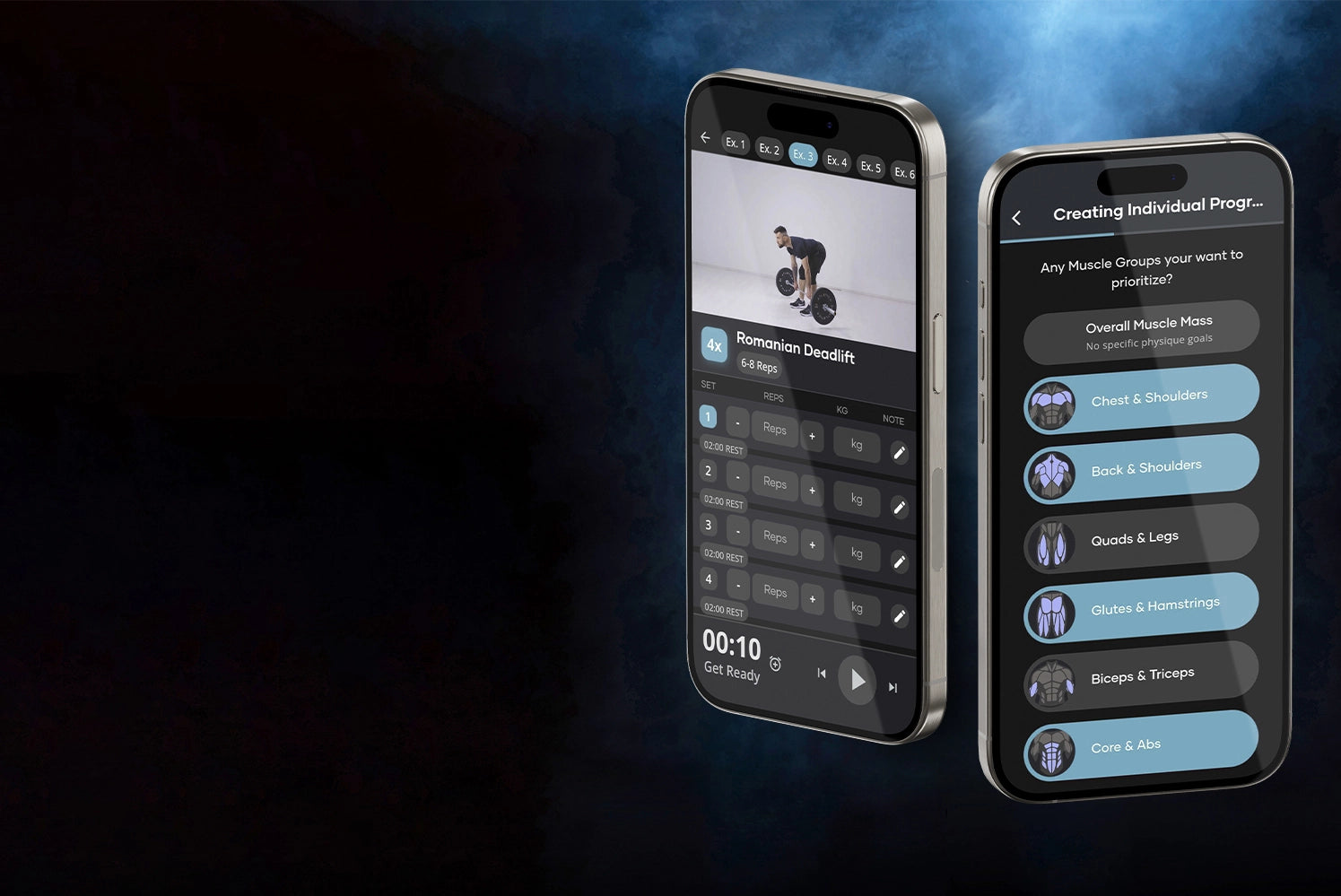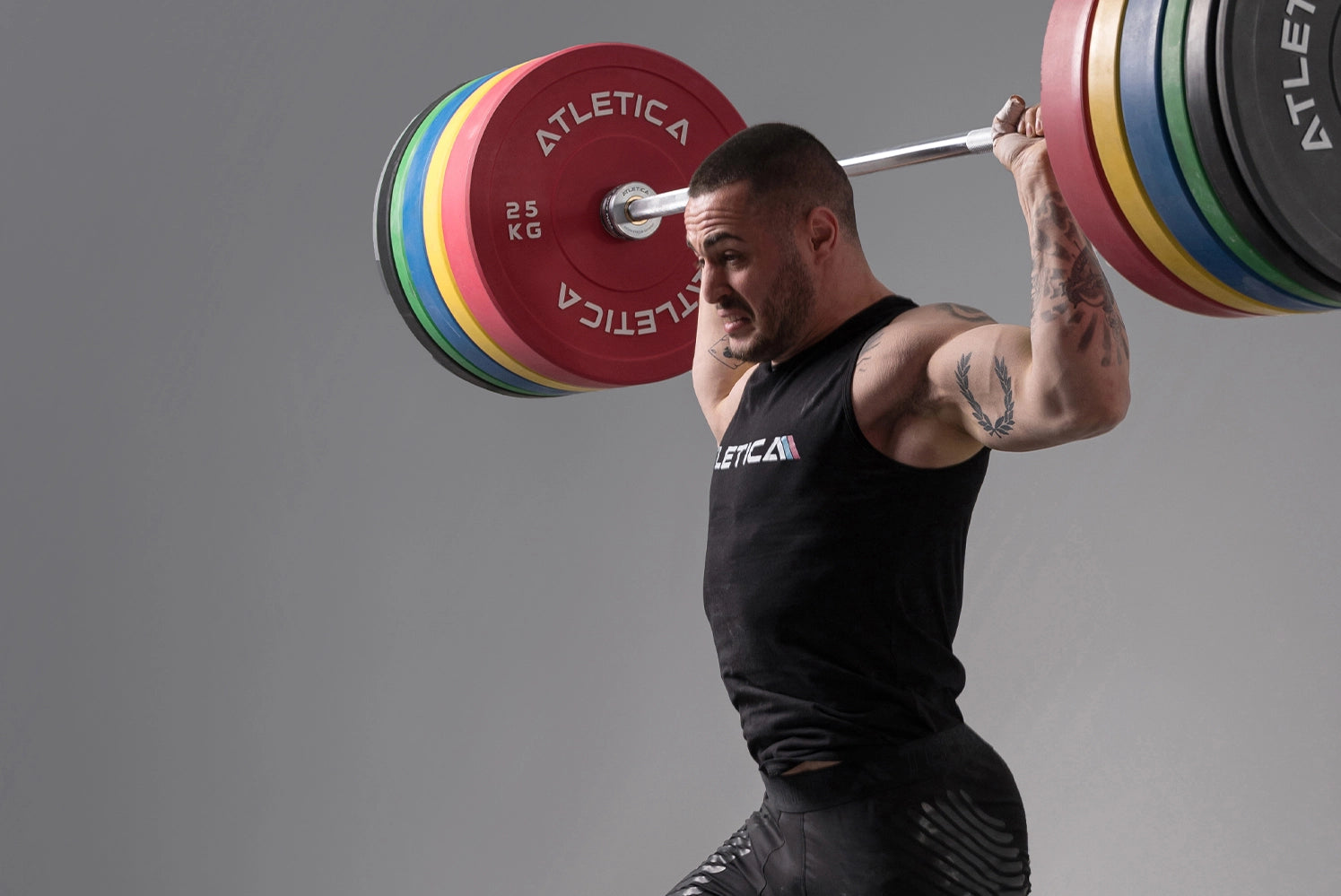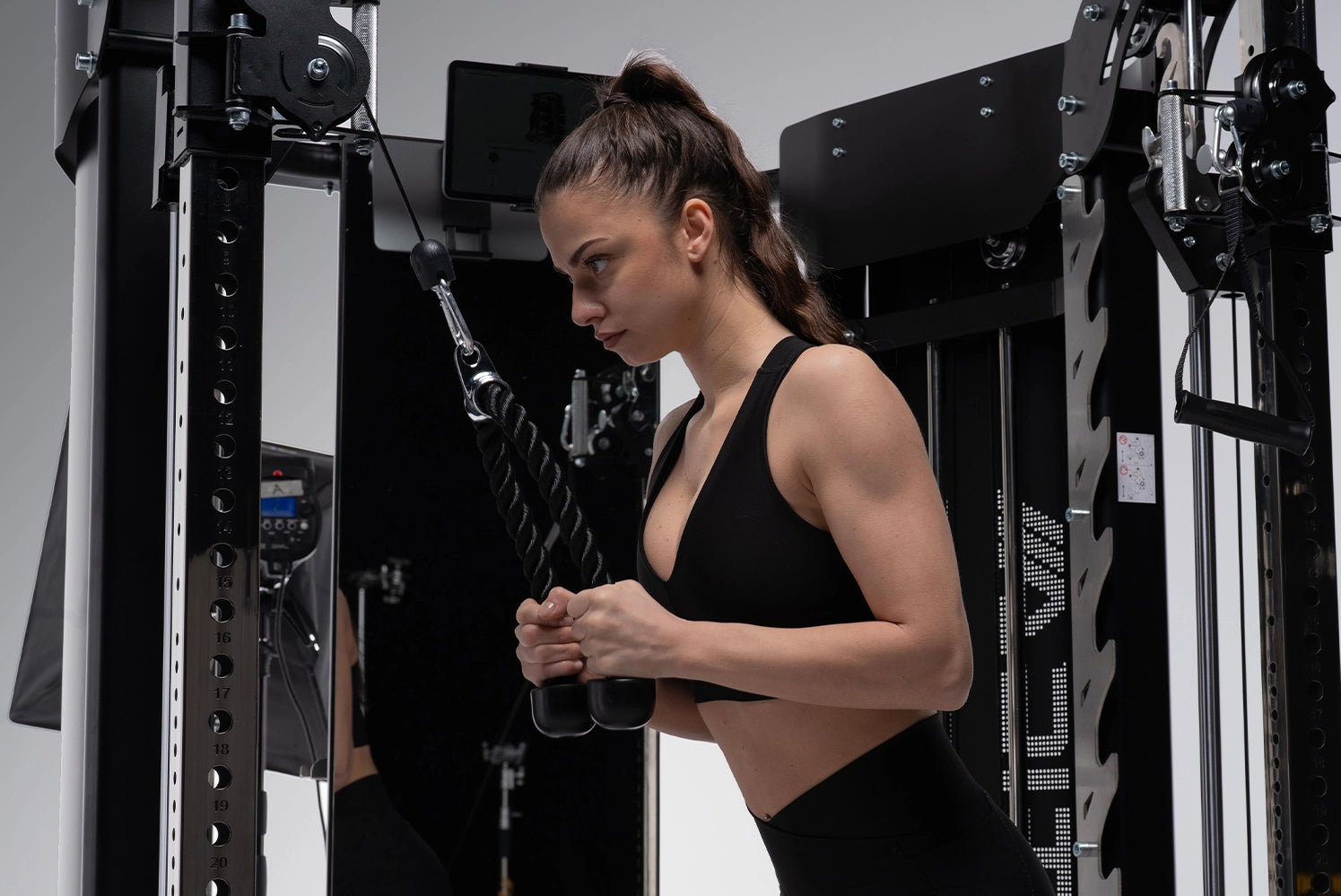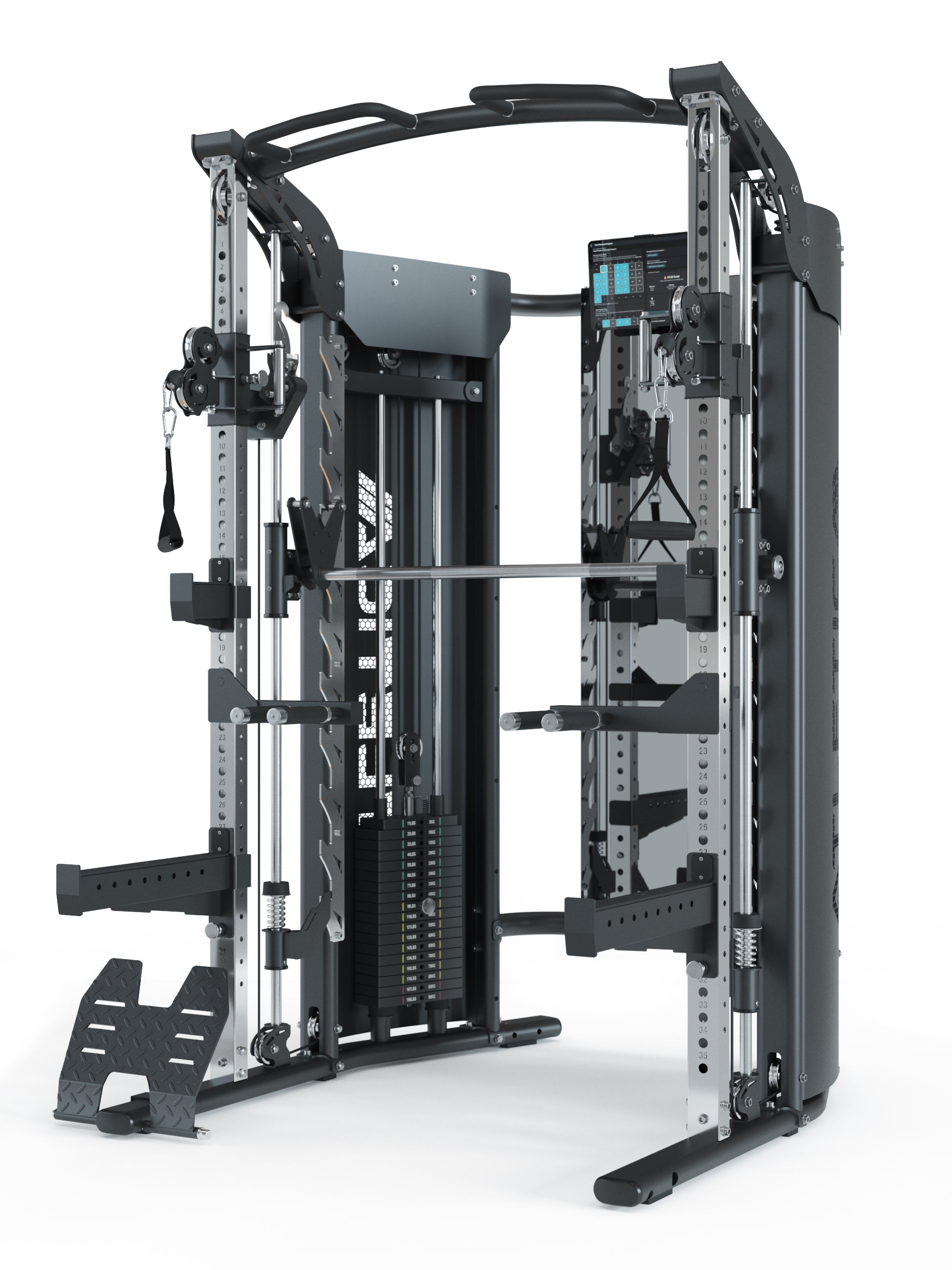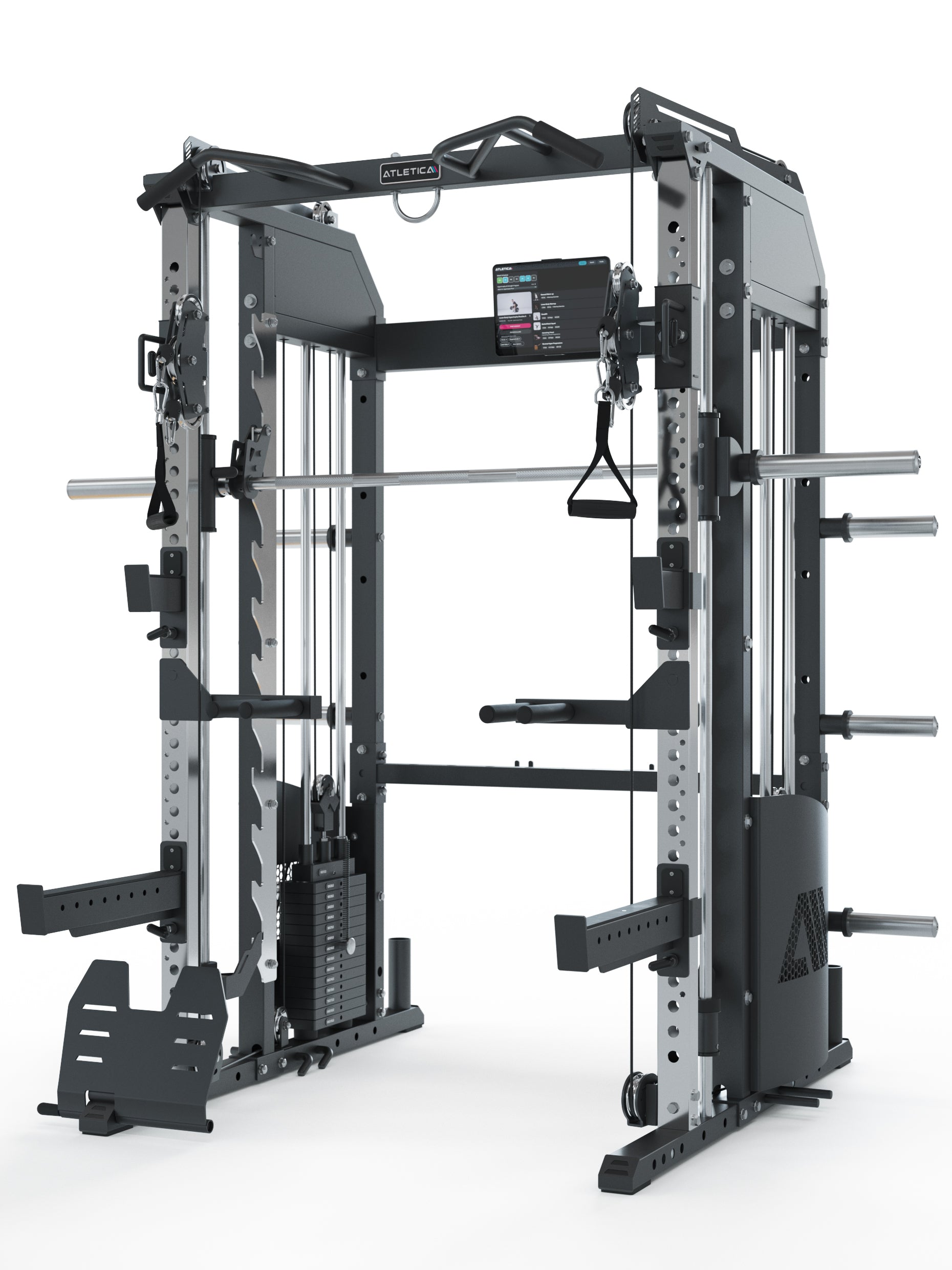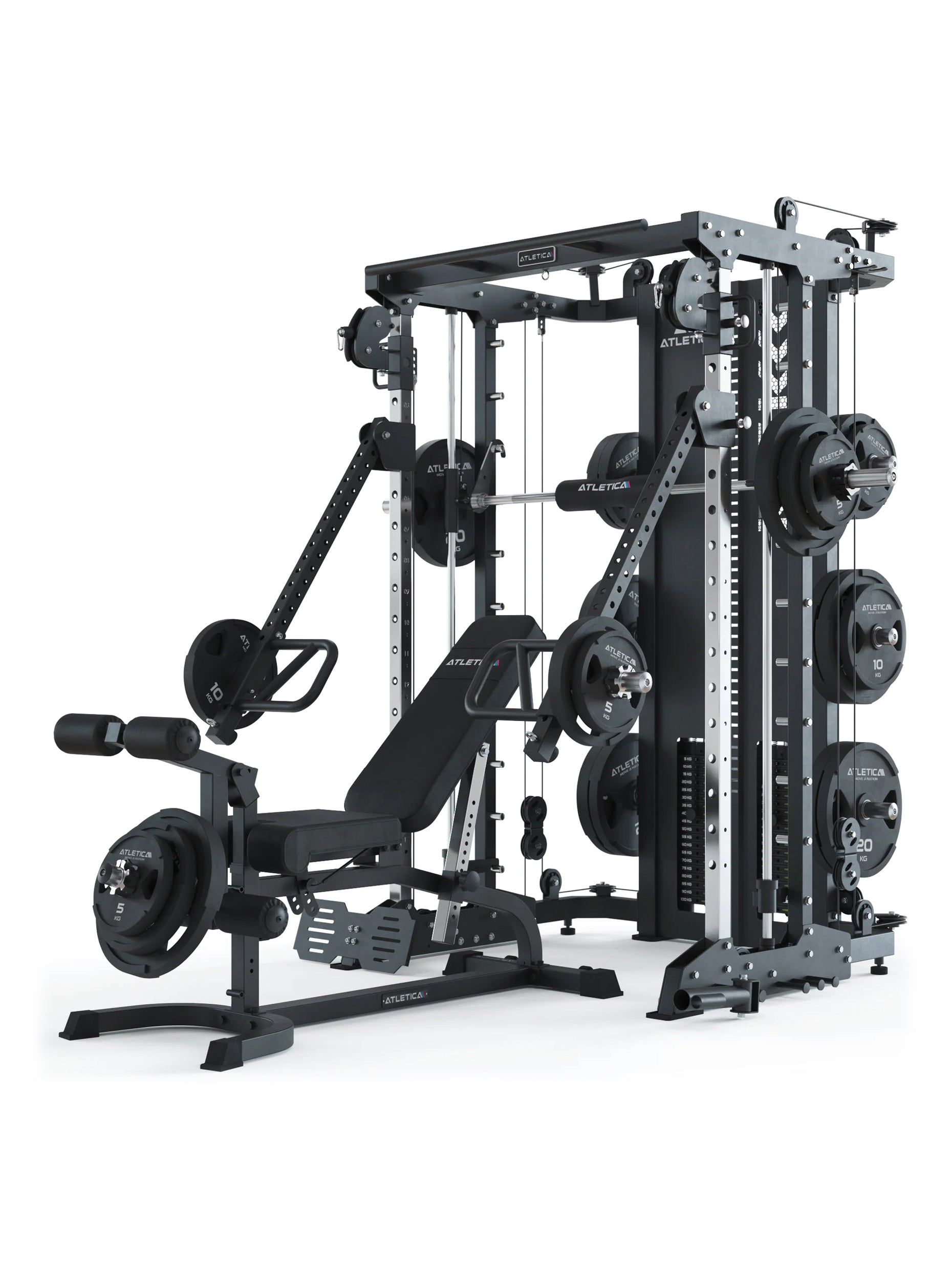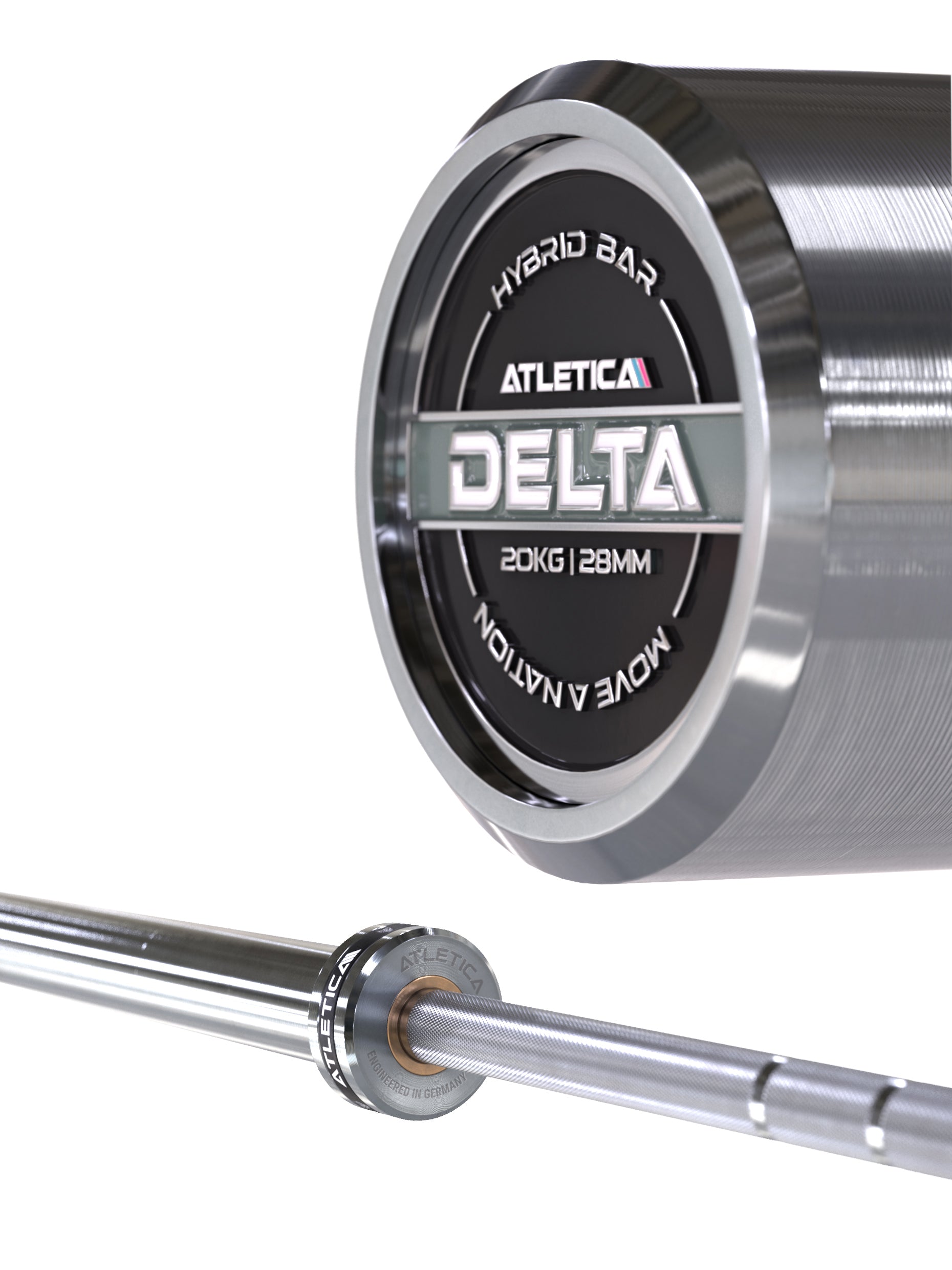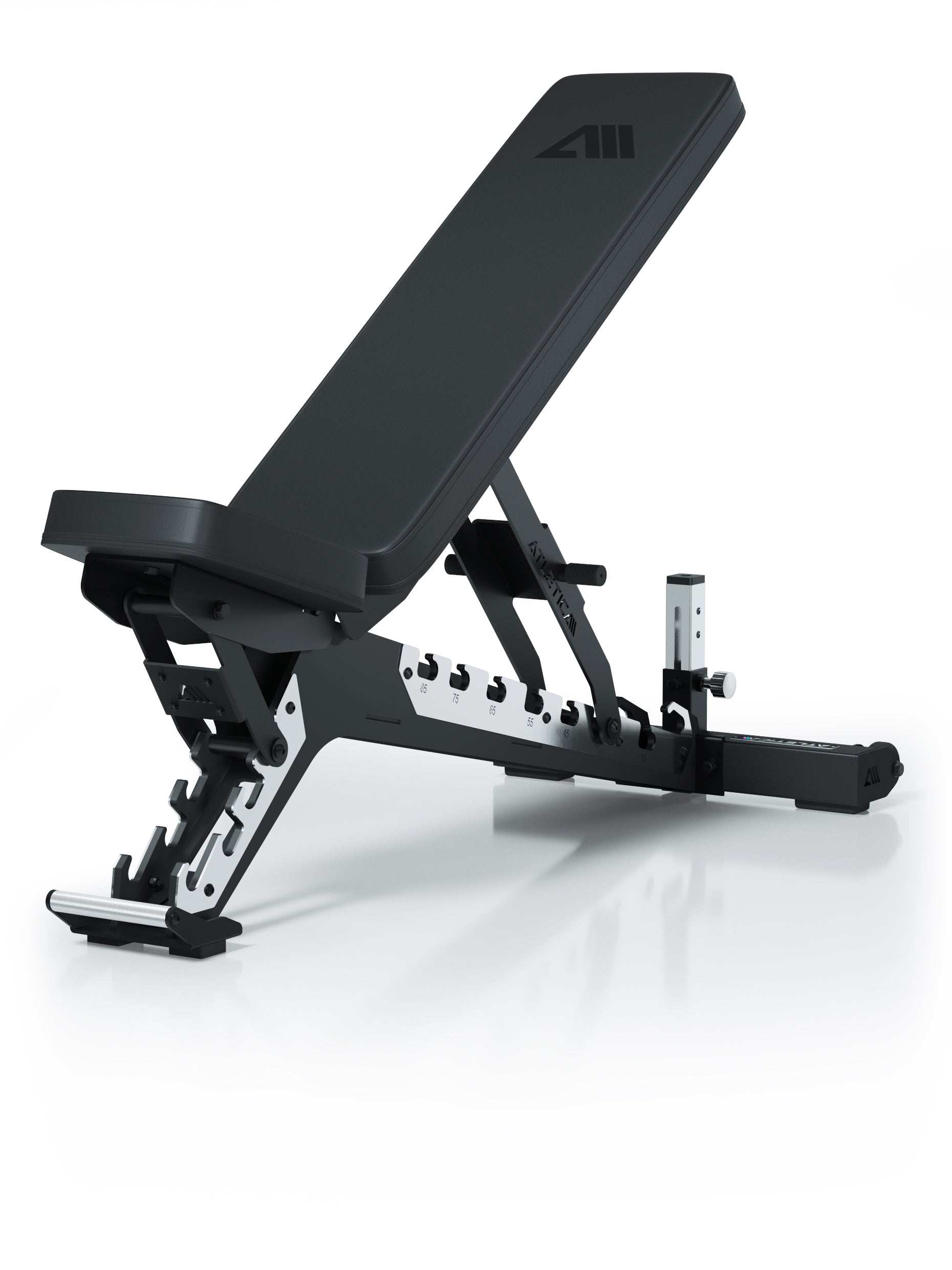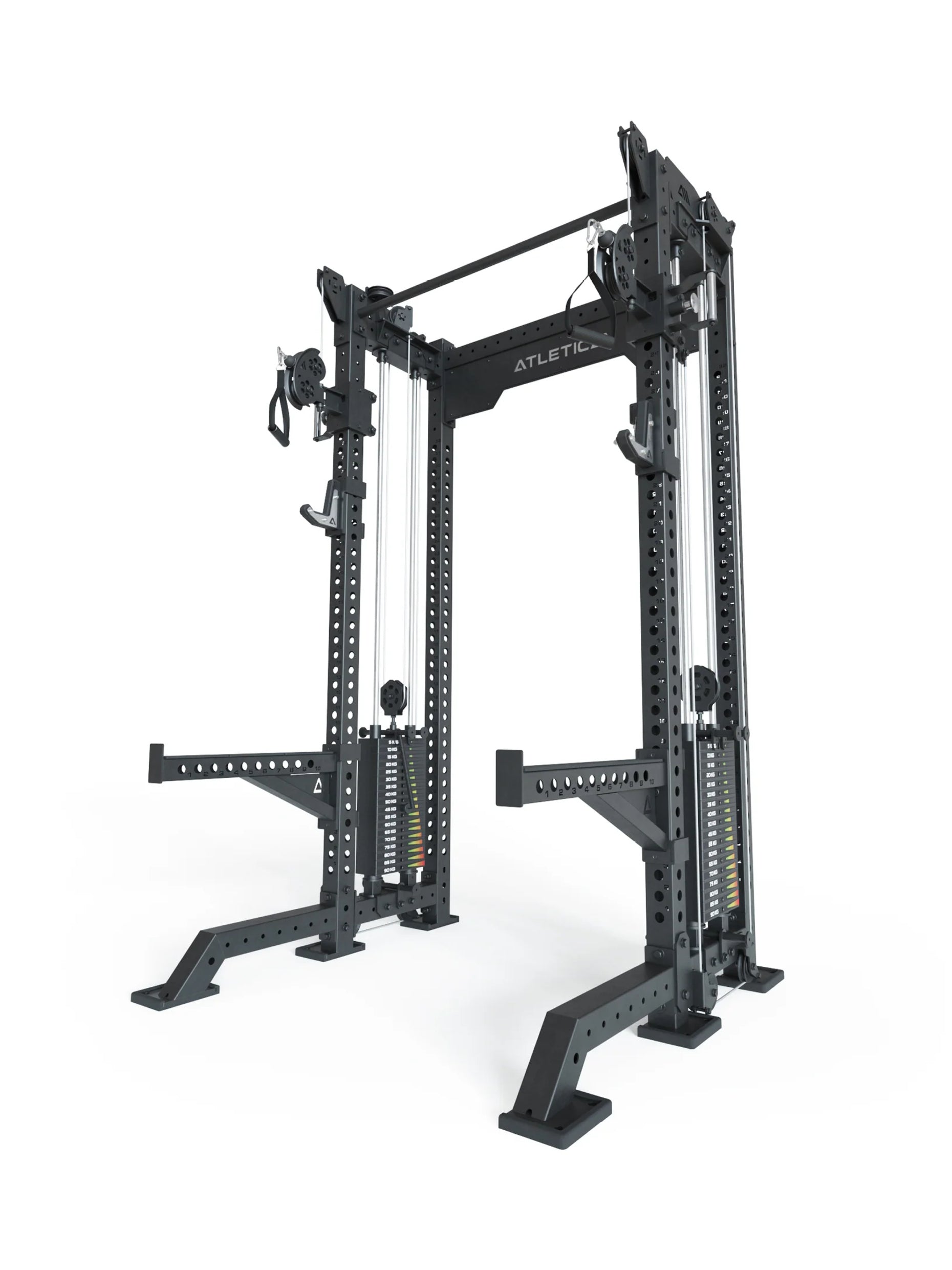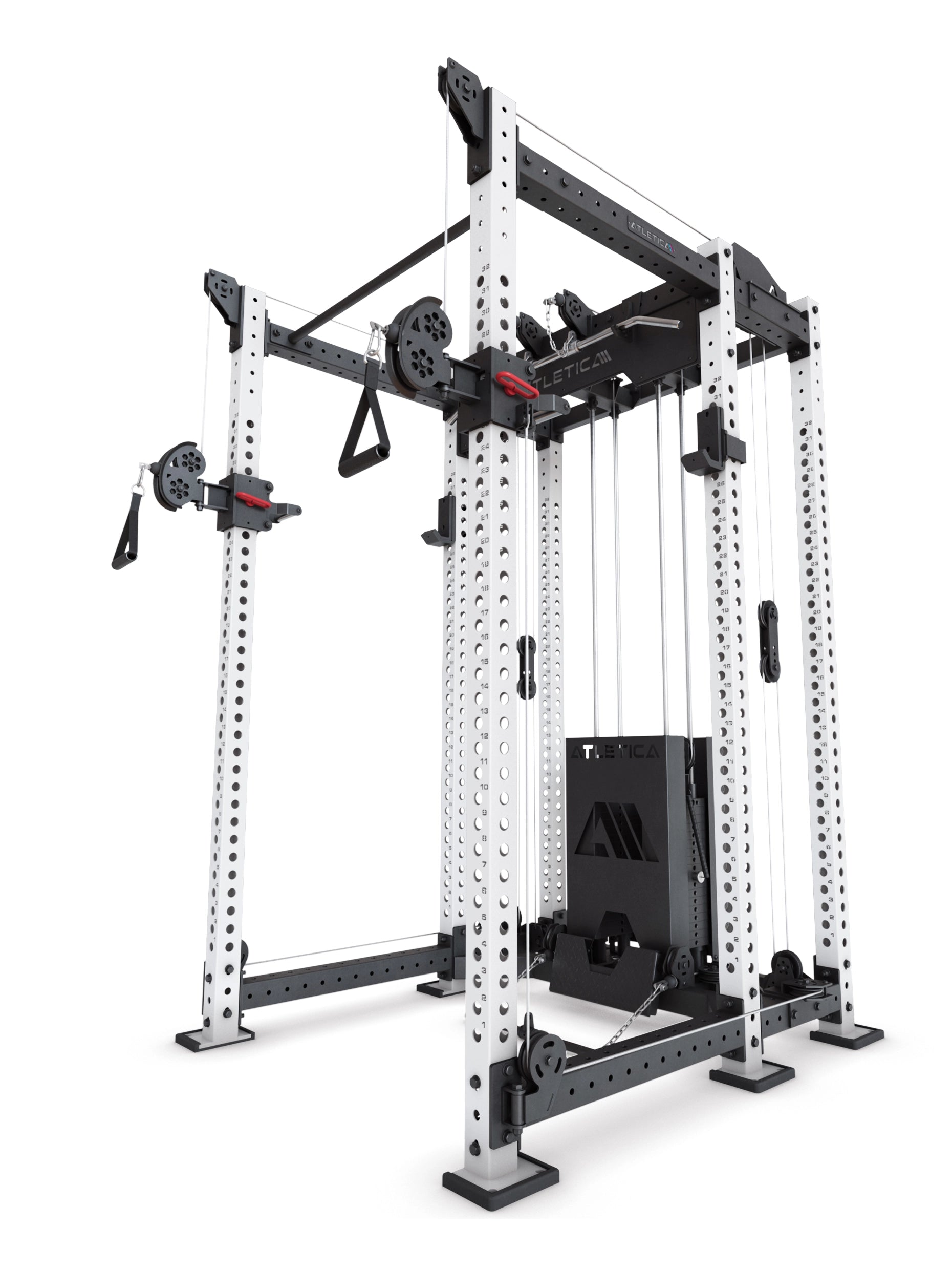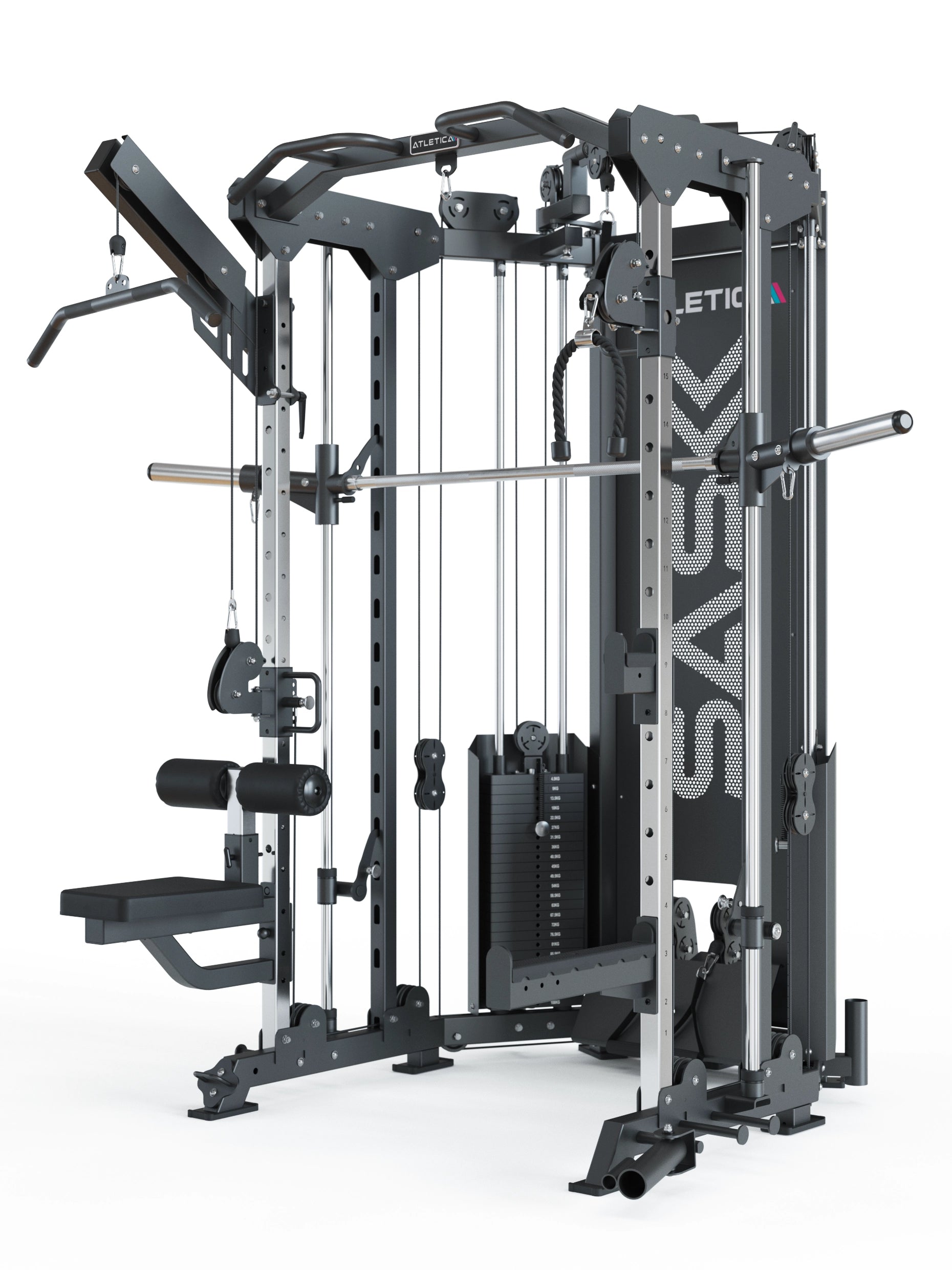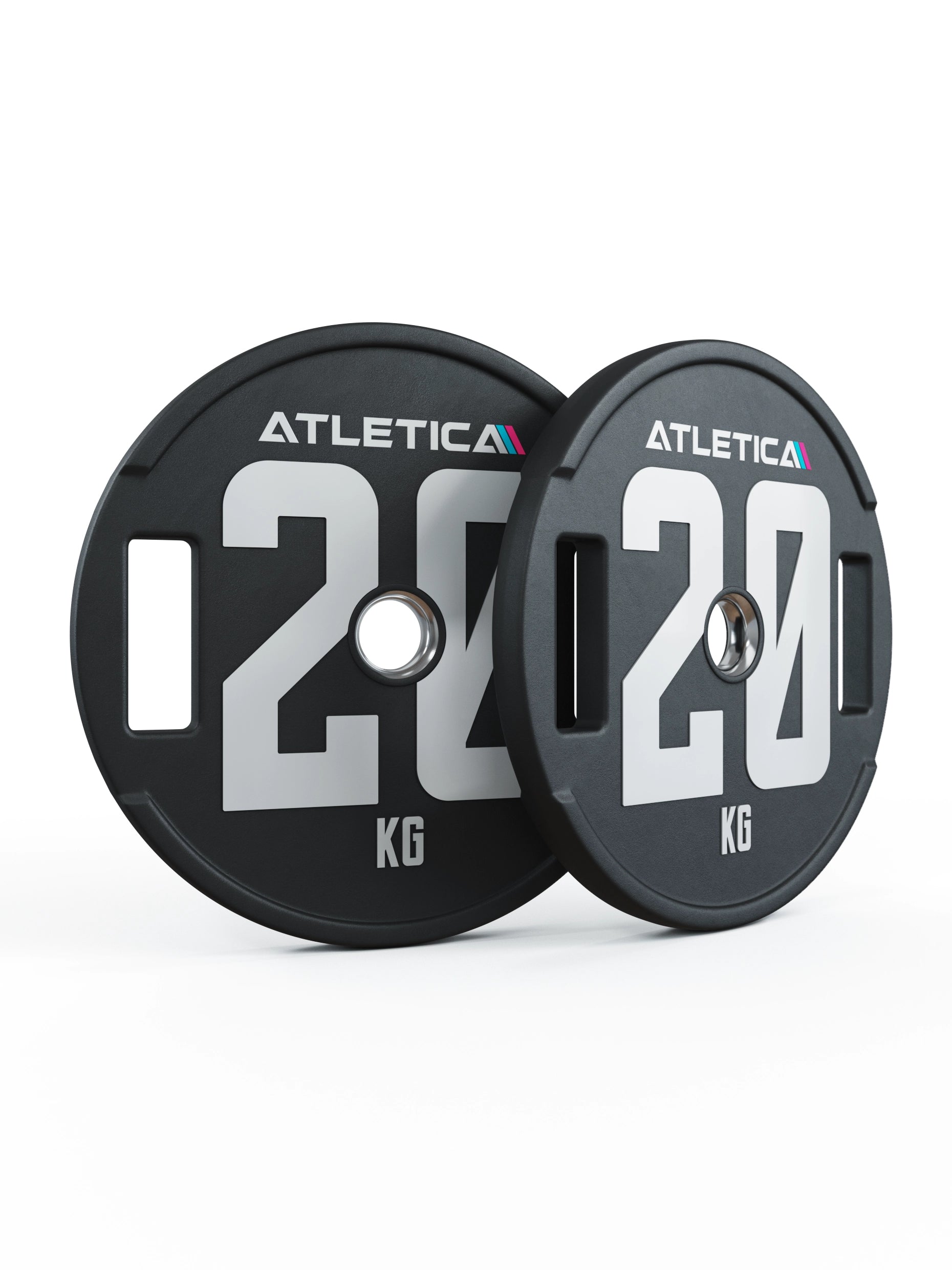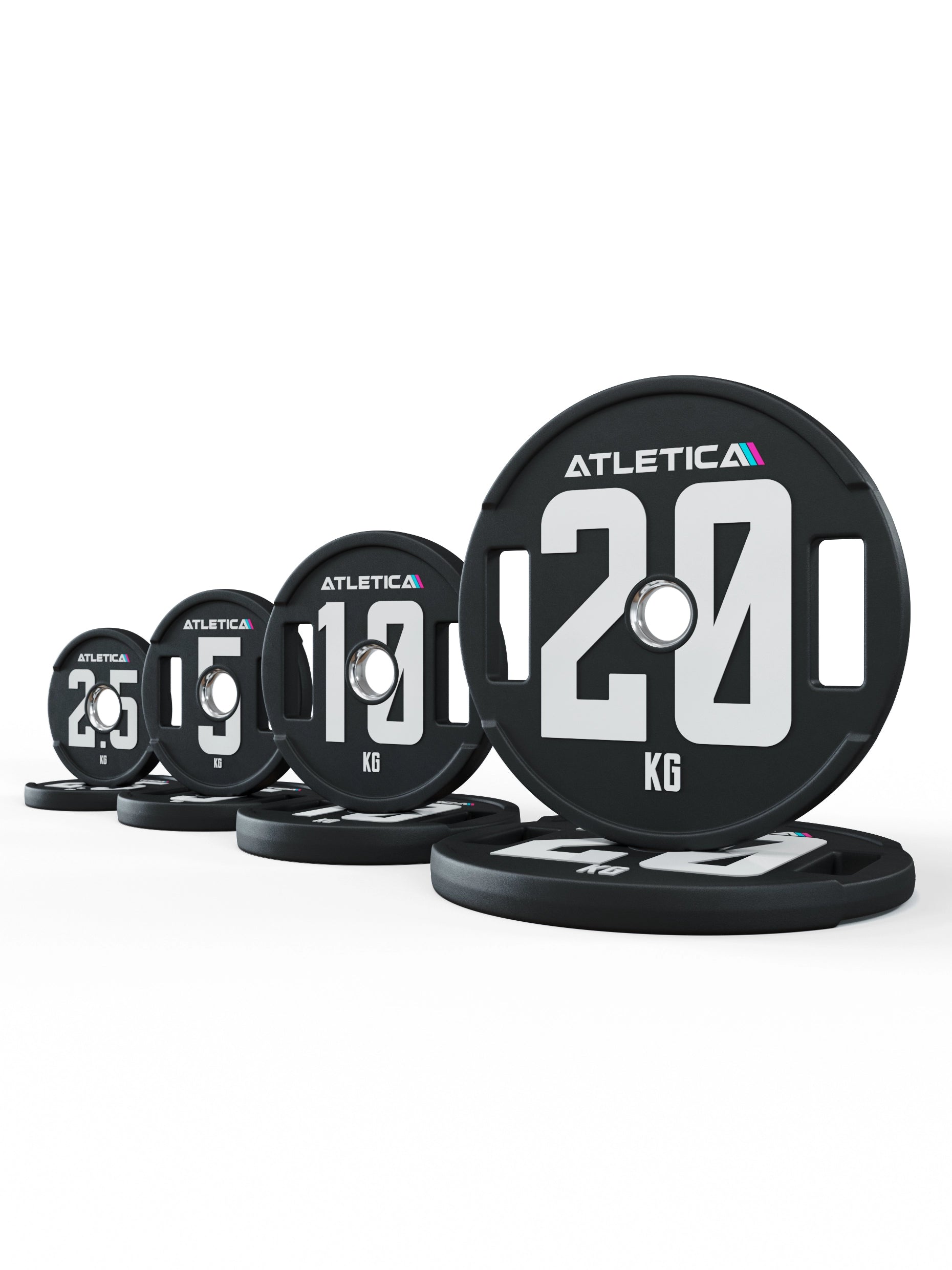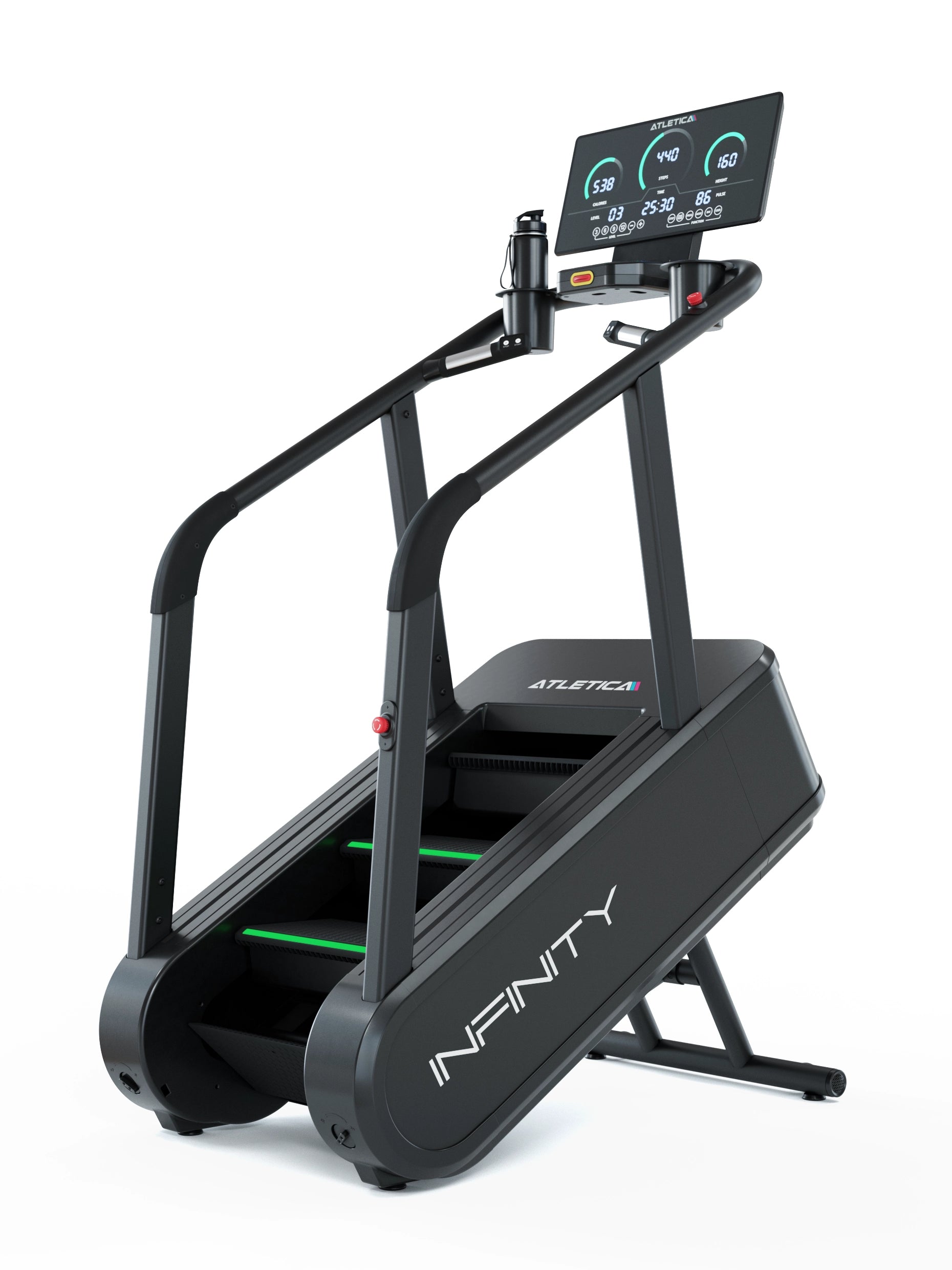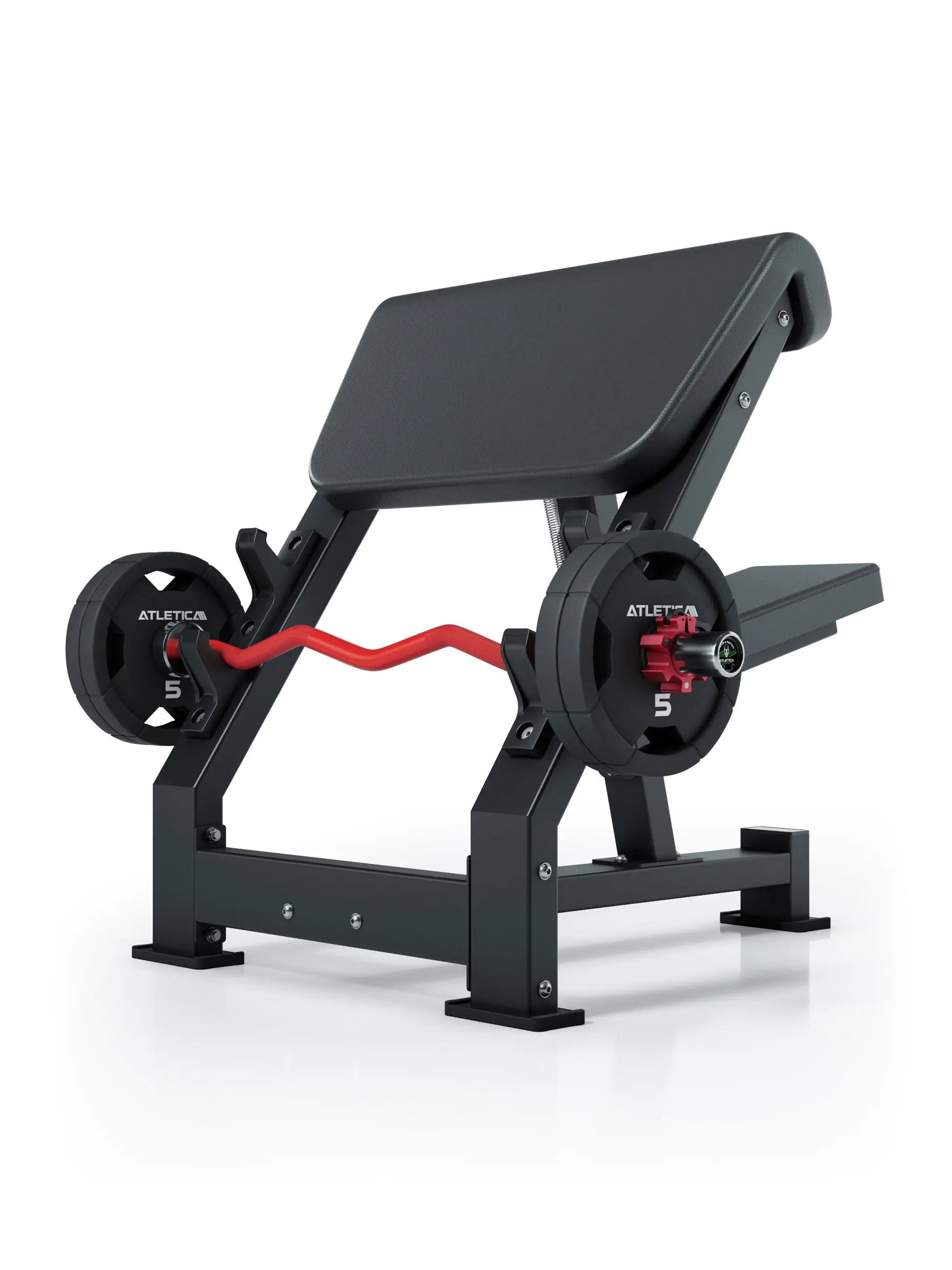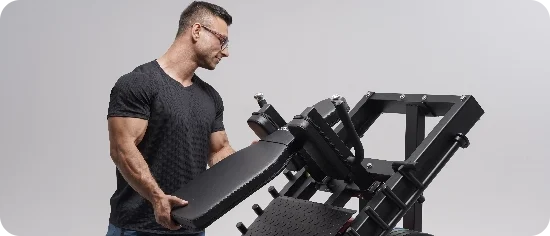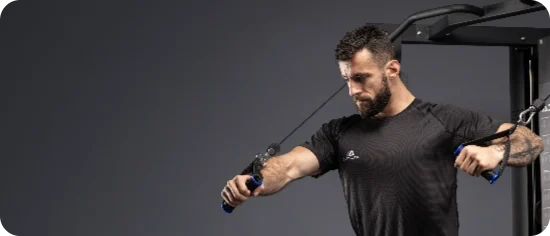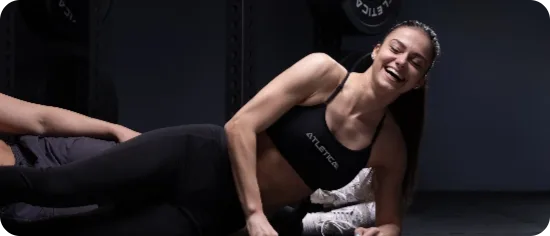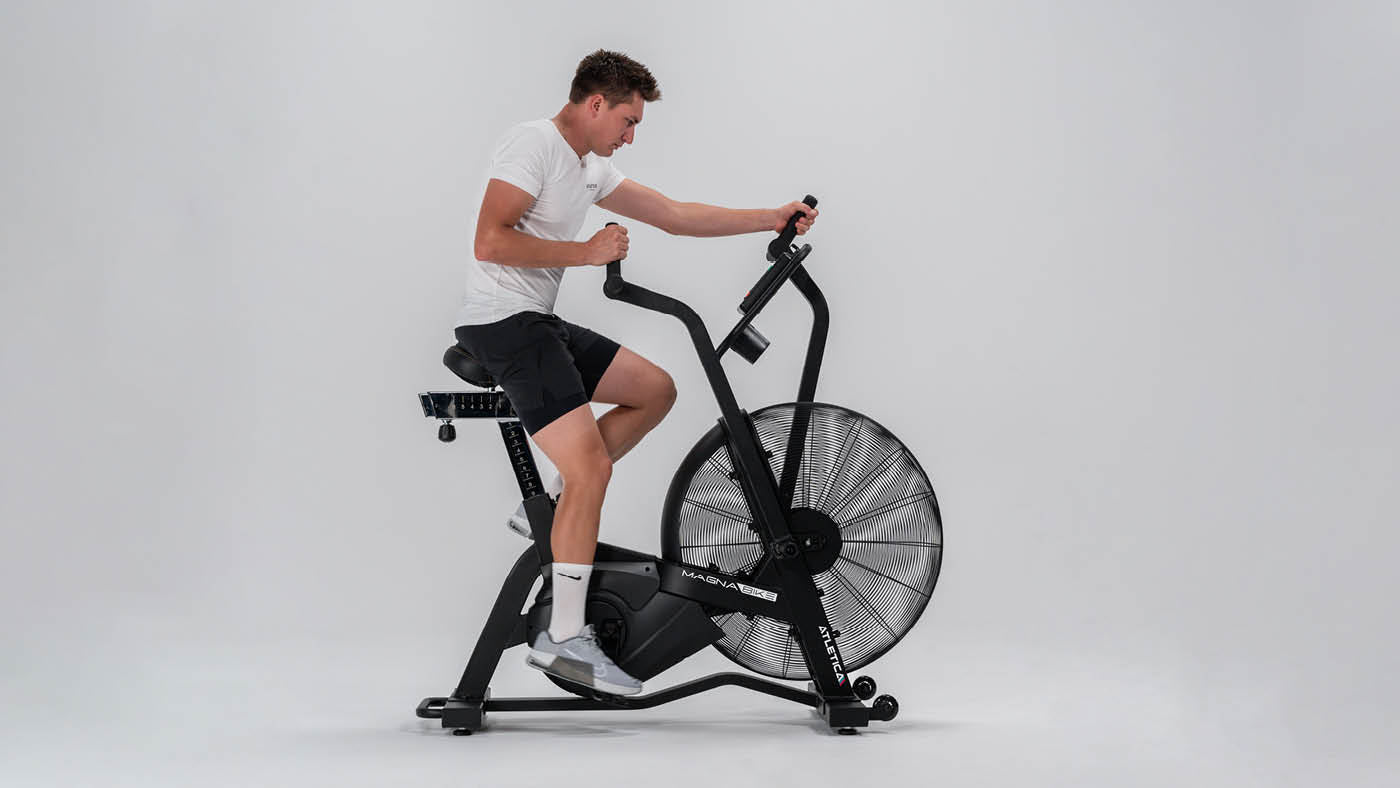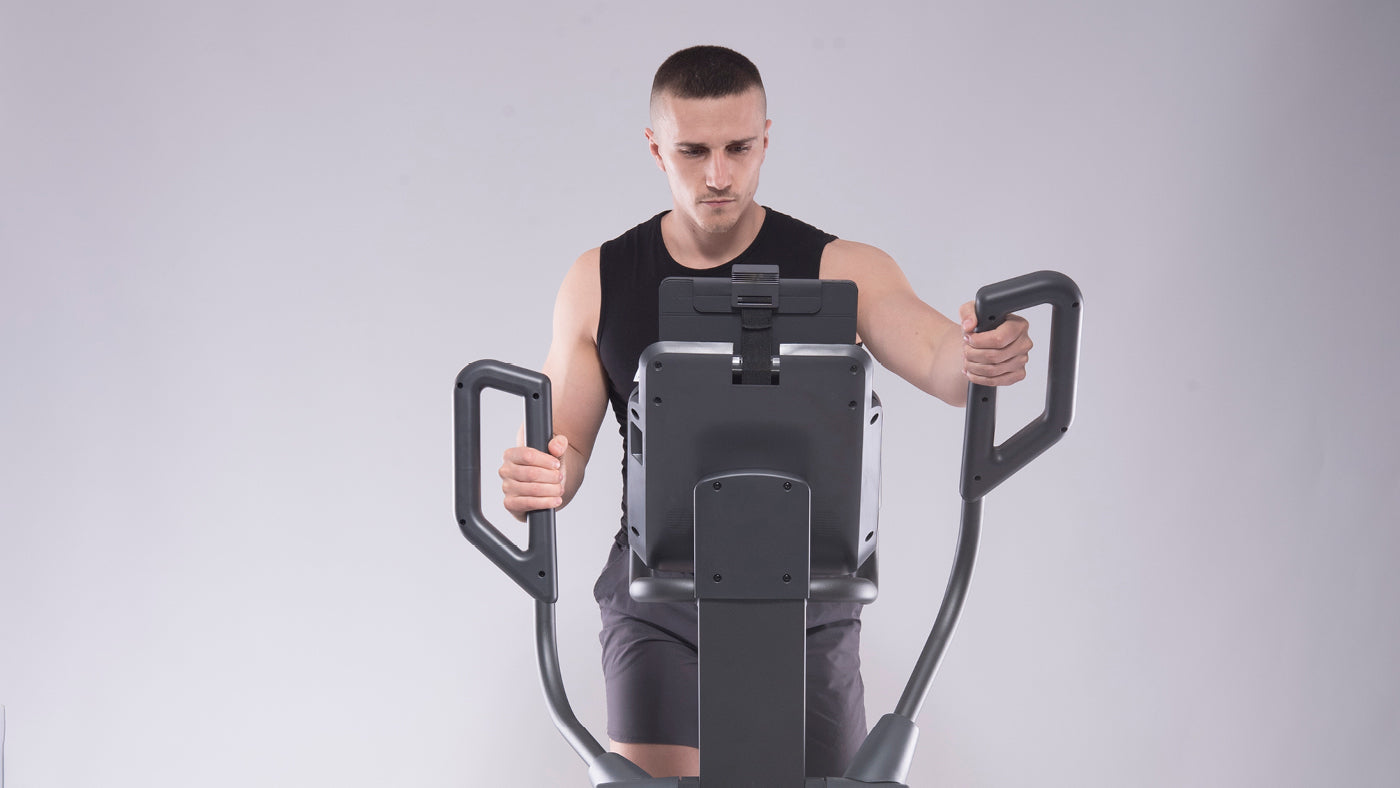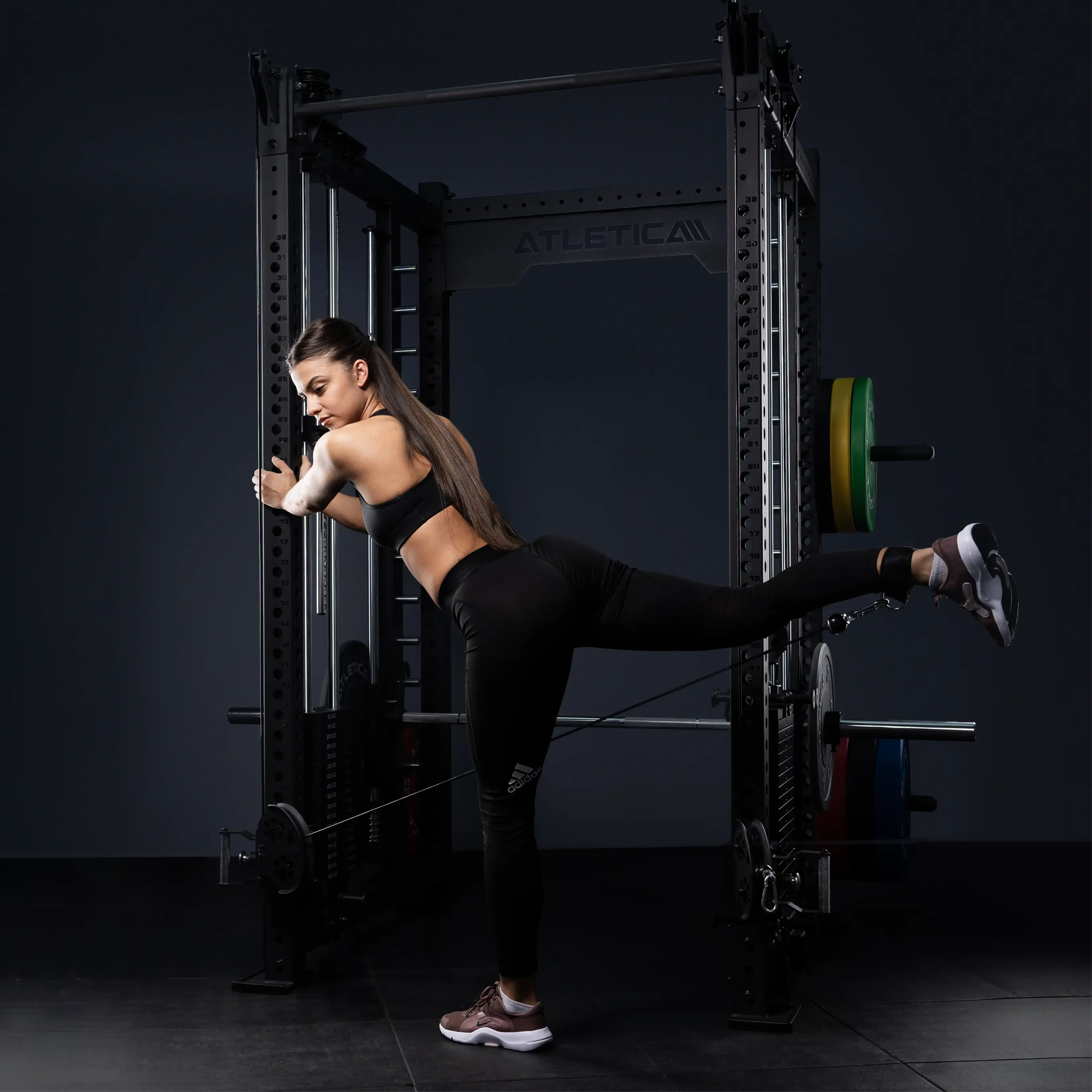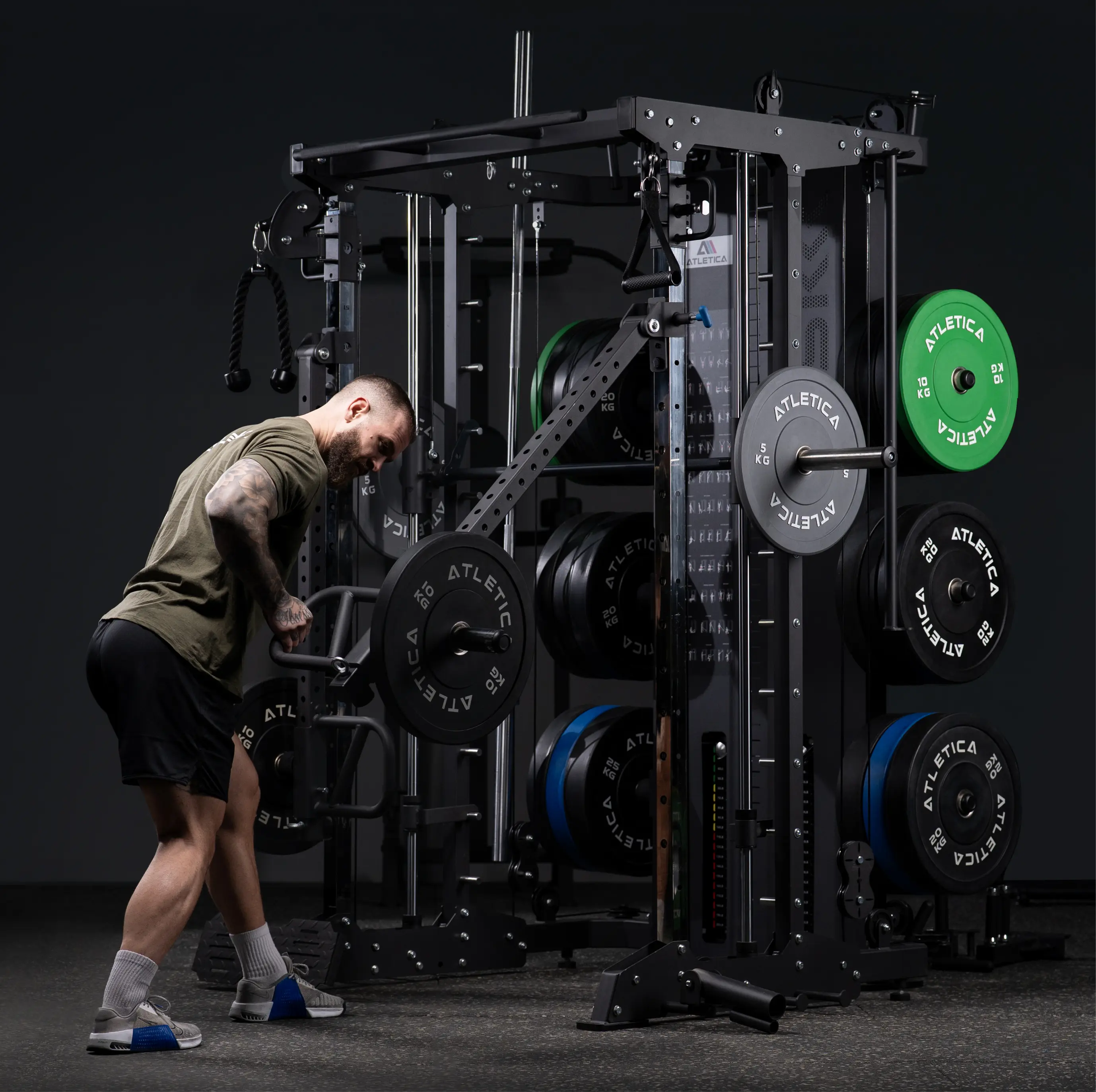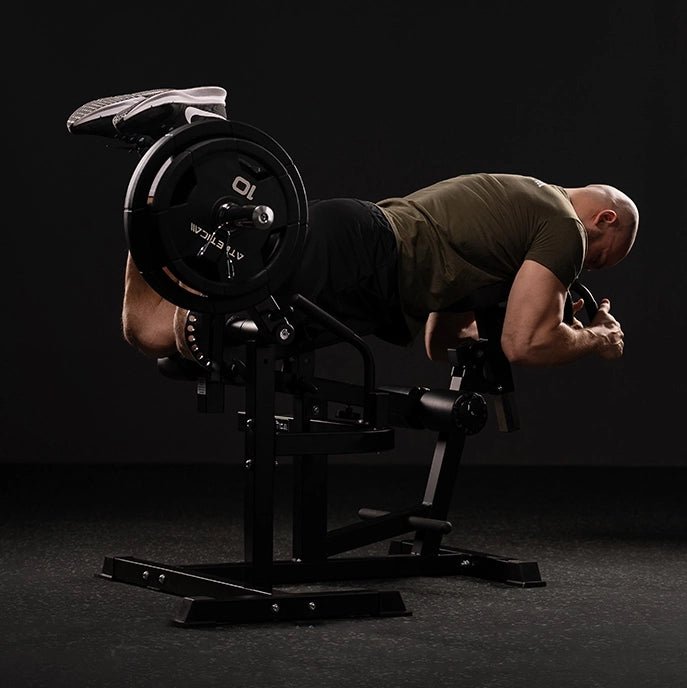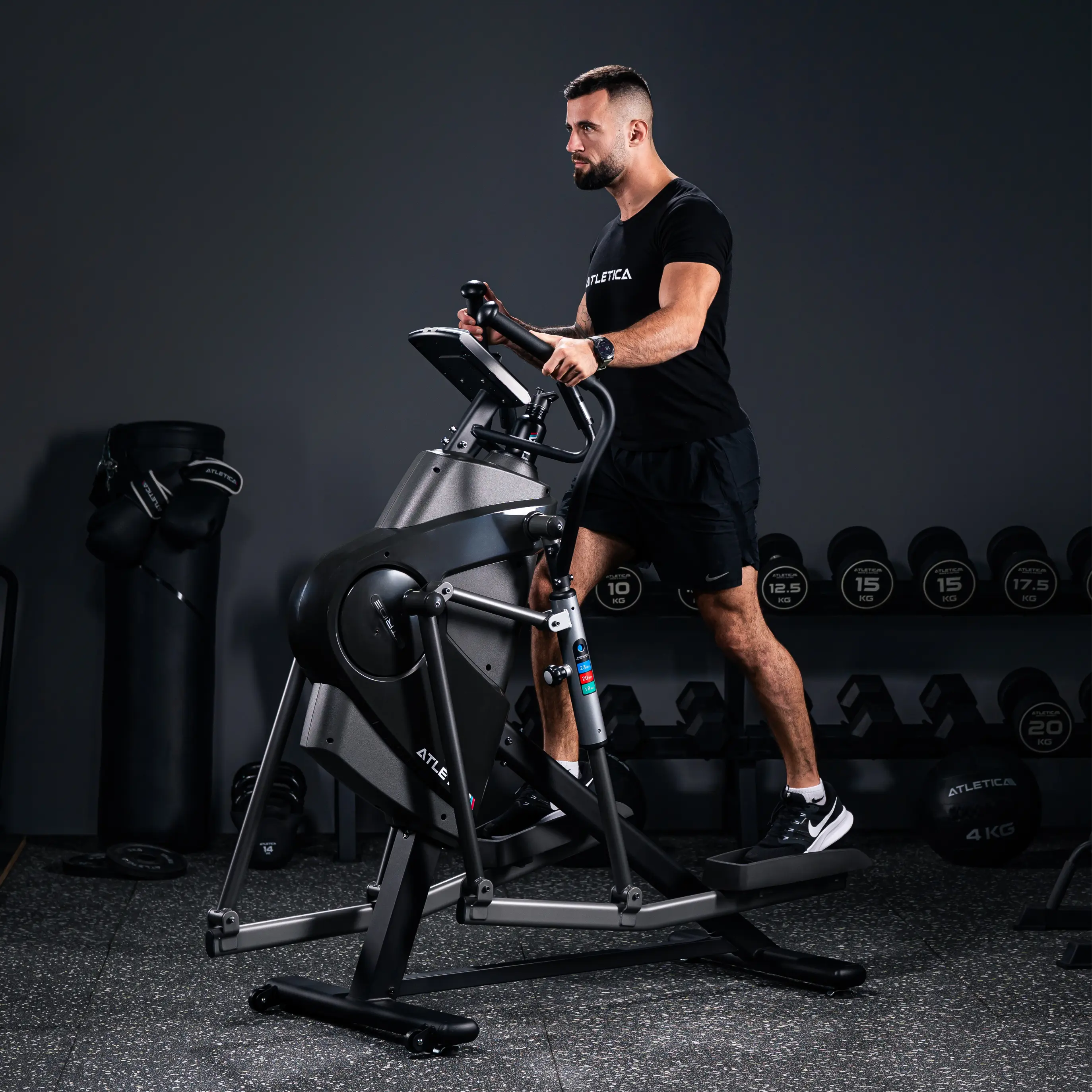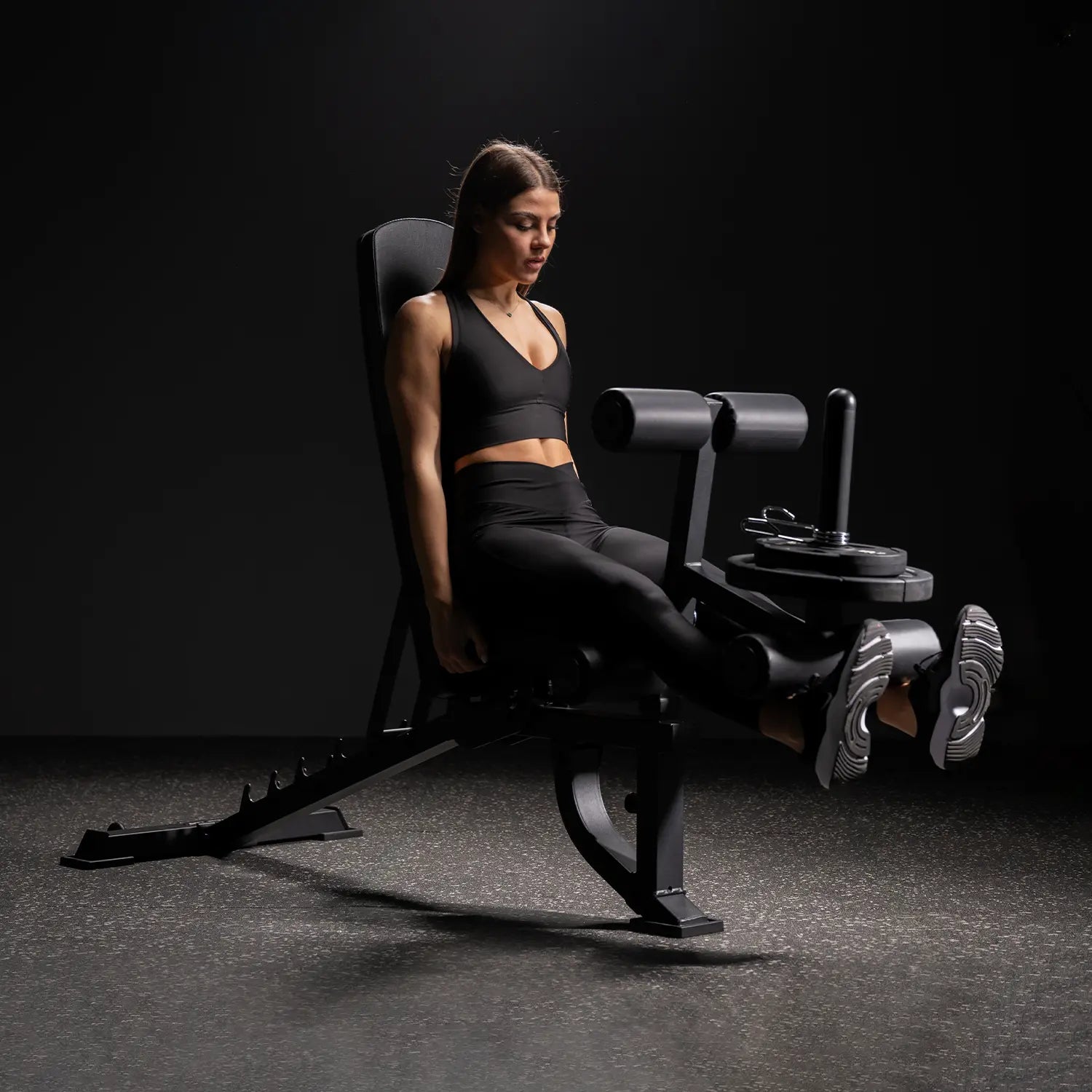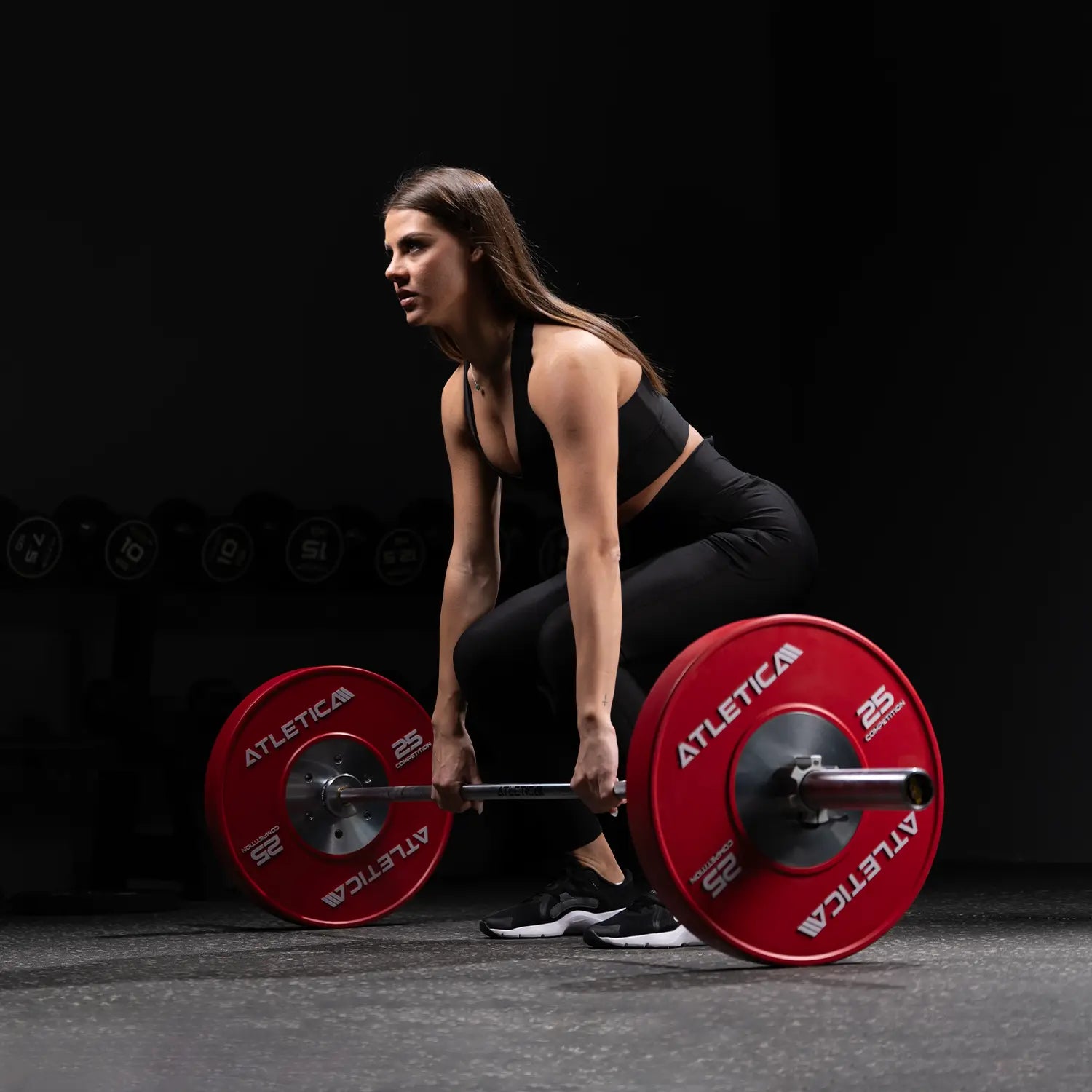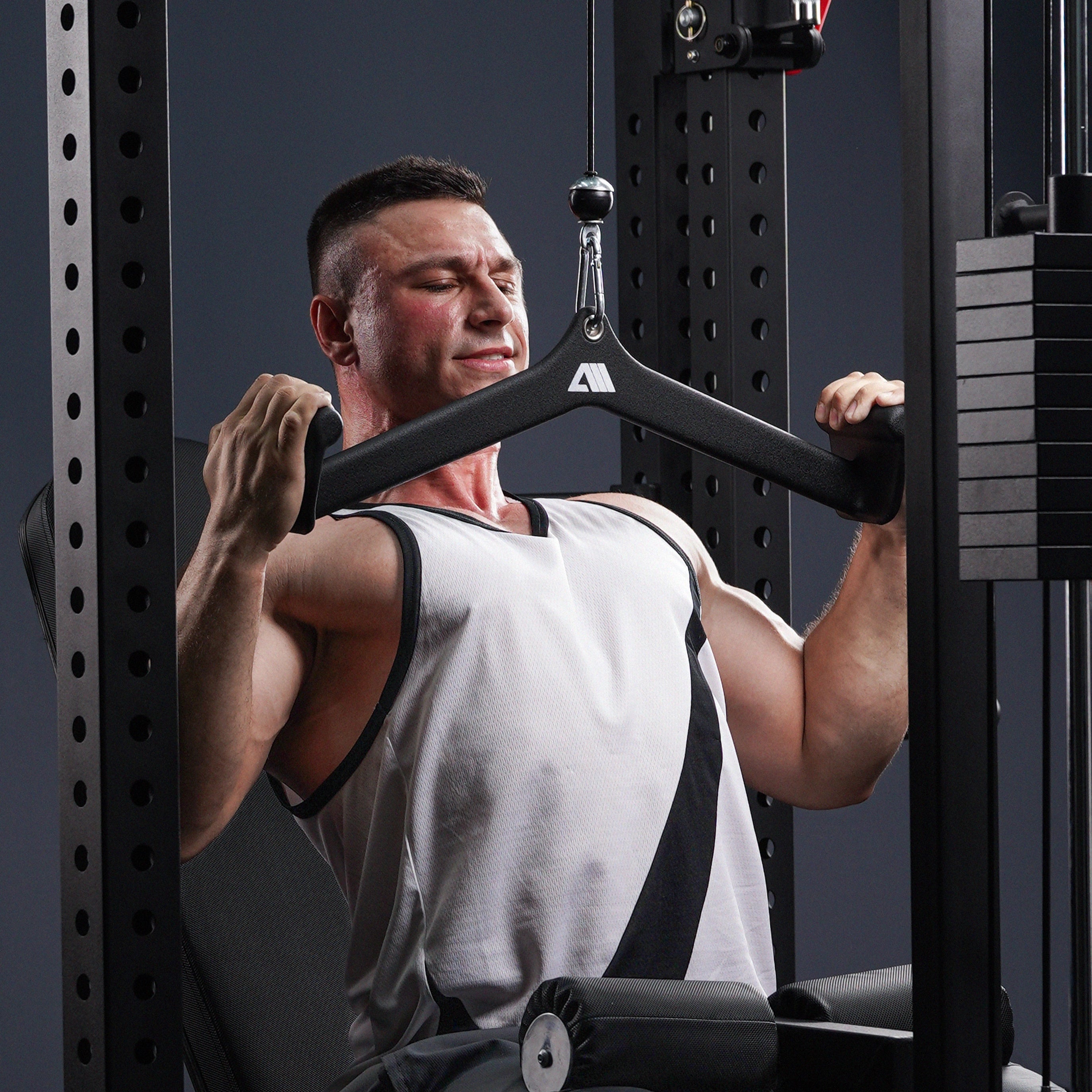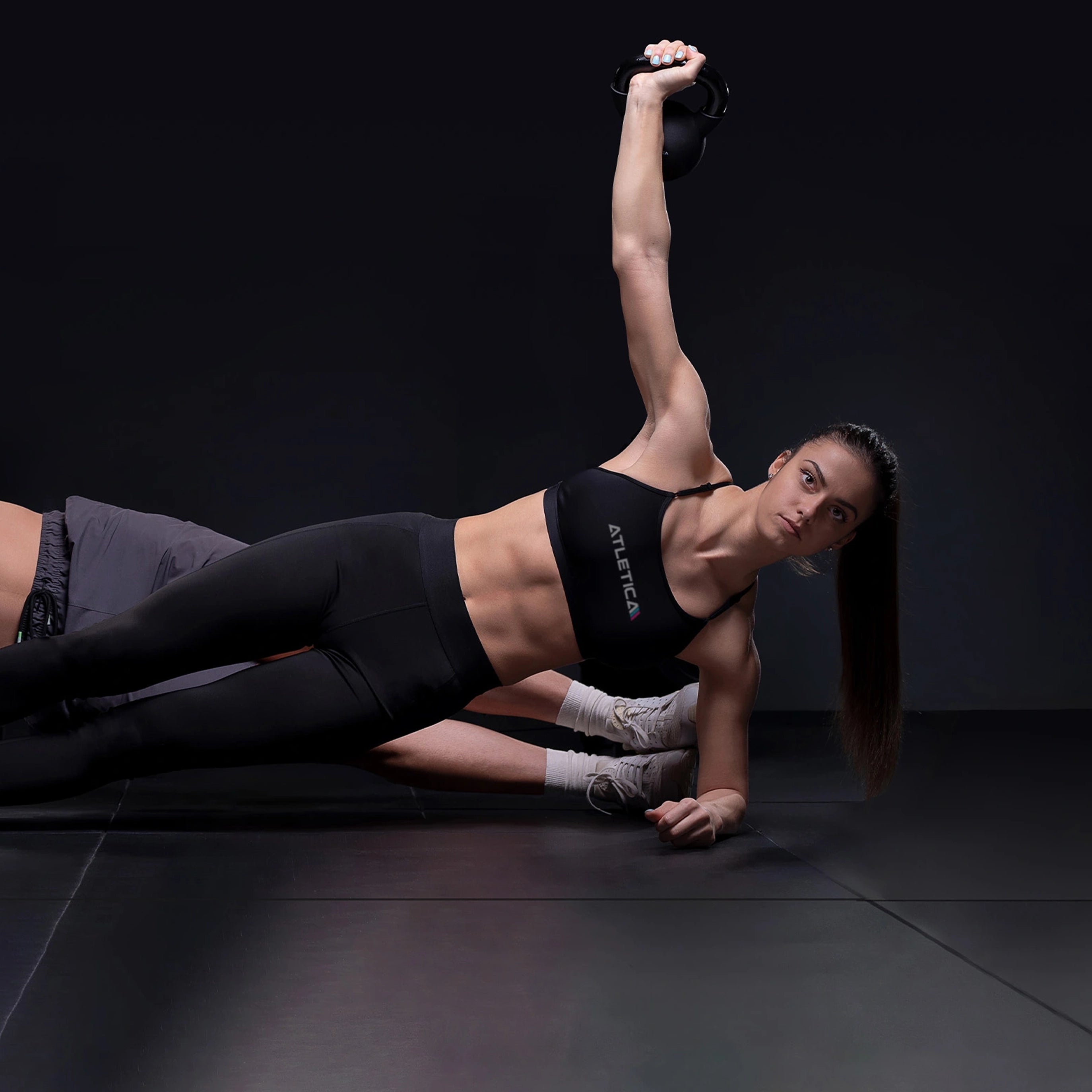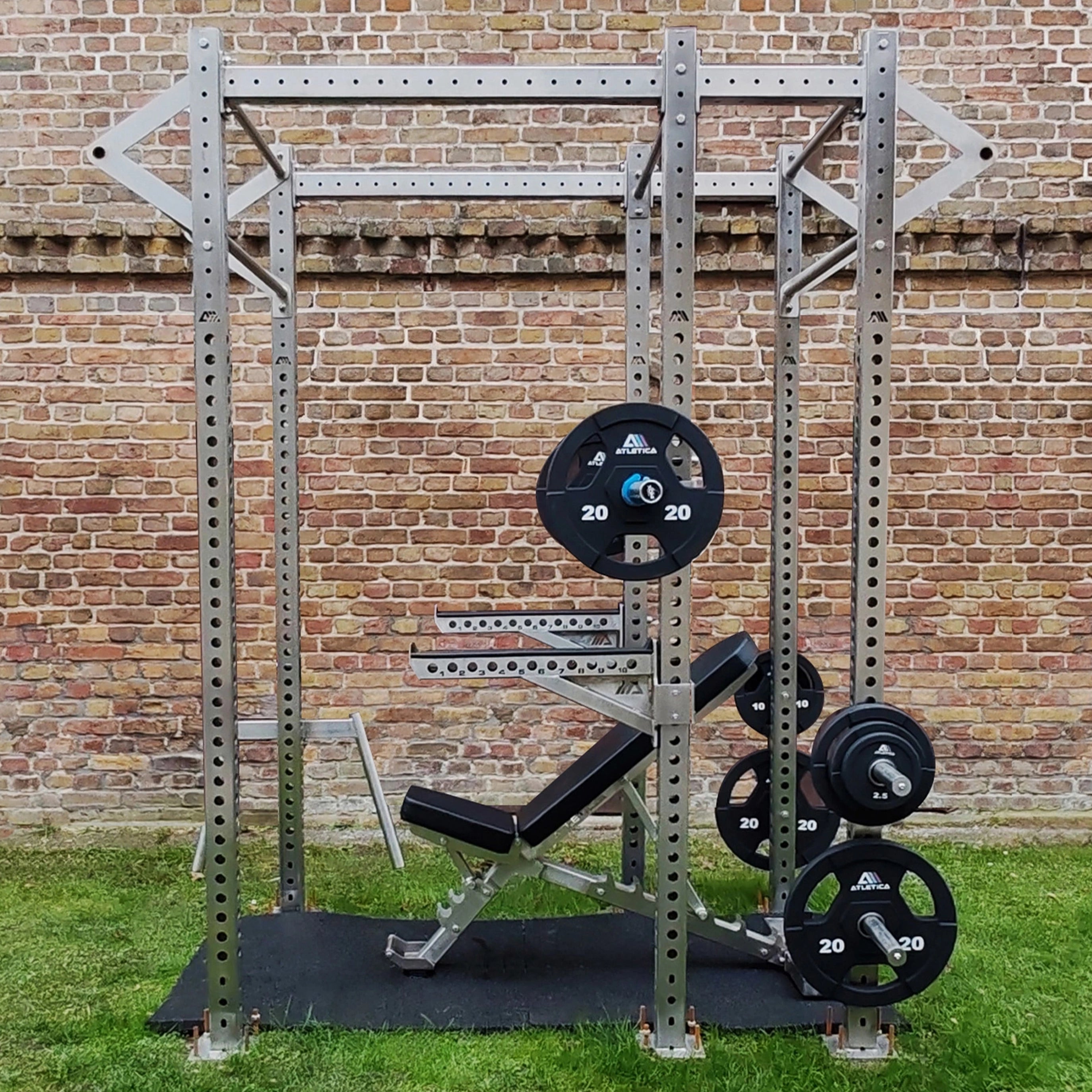Whether it's a physiotherapy practice, a hotel gym, or a company with its own office gym, anyone setting up fitness rooms faces a decision: to buy or rent? Renting fitness equipment can be a sensible alternative, especially for new or expanding facilities. But when is leasing really worthwhile? What advantages does it offer over traditional purchasing? And what should decision-makers consider when renting fitness equipment instead of buying it?
In this article, we show which target groups the rental model is particularly attractive for, what financial, organizational and operational advantages it brings – and which devices are particularly suitable.

Why rent at all? – Advantages at a glance
Fitness equipment is a long-term investment. It's expensive to purchase, takes up space, and requires regular maintenance. Renting offers a flexible solution :
- No high initial investments: Startups, medical practices or hotels in particular benefit from the low capital commitment.
- Better planning: monthly fixed costs instead of large one-off costs.
- Regular maintenance included: Many rental models include service and maintenance.
- Technical up-to-dateness: Outdated devices can be easily replaced or upgraded.
- Tax advantages: Leasing payments are usually deductible as business expenses.
- Seasonal use : Ideal for temporary training rooms or events.
- Lower risk when changing concepts: Flexibility is possible when changes occur in the offer.
For which target groups is the rental model worthwhile?
The rental model isn't the best choice for everyone. However, it's particularly worthwhile for the following groups:
1. Startups and new companies
New fitness studios, rehabilitation centers, or hotels can conserve their start-up capital by renting. Instead of burdening themselves with high initial costs, they can expand their offerings gradually. This also allows them to gain experience before making larger investments.
2. Temporary projects and pop-up fitness concepts
Those who offer fitness services for a limited time, such as at a holiday resort, at events, or as part of a project, benefit from the flexibility of renting. After the rental period, the equipment is simply returned.

3. Companies with office gyms
This gives smaller companies, in particular, that want to offer their employees a basic service access to high-quality equipment without a significant investment risk. Furthermore, if the service is successful, it can be easily expanded.
4. Hotels with varying occupancy
Hotels can adapt their facilities seasonally without permanently owning expensive equipment that remains unused during the off-season. They also remain flexible during renovations or concept changes.
5. Test phases for new offers
Whether functional training, cycling, or mobility: Anyone testing a new training format can rent equipment and assess customer interest before making a permanent investment. This significantly reduces the financial risk.
6. Physiotherapy practices in transition
More and more physiotherapy practices are expanding their offerings to include medical fitness training. Especially during the transition phase, renting is a smart solution for responding flexibly to demand and space requirements.
Which fitness equipment is good to rent?
Not every device is suitable for rental. Particularly in demand are:
- Cardio equipment such as indoor bikes, treadmills or cross trainers
- Multifunctional power stations for diverse training stimuli
- Dumbbell and barbell sets with stands
- Functional training equipment such as kettlebells, battle ropes or TRX
- Mobility tools such as fascia rolls and trigger balls
- Therapy couches and rehabilitation equipment for medical training

Especially devices with high levels of wear and tear or technical complexity make sense in the rental model, as the provider takes care of maintenance and provides replacements in the event of defects.
How much does it cost to rent fitness equipment?
Prices vary greatly depending on scope, provider, and contract term. Rules of thumb:
- Single cardio machine: from 40 to 100 euros/month
- Multistation or power pack: from 80 to 200 euros/month
- Complete equipment for smaller studios: 300 to 1,000 euros/month
Additional costs may apply for:
- Transport and installation
- Staff training
- Insurance
- Contract fees
It is important to compare all costs transparently and to be aware of hidden fees.
What should you pay attention to when choosing?
Not every rental offer is automatically good. These points are crucial:
- Contract term & notice period: How flexible is the model really?
- Services : Does it include maintenance, replacement, or support?
- Condition of the equipment : Are new or used equipment being delivered?
- Upgrade options : Can new devices be integrated?
- Transport & assembly: Who organizes what?
- Insurance & Liability: What happens in case of theft or damage ?
The provider's reputation and the quality of customer service are also crucial criteria. A trial period can help you test the model before signing a contract.
Buy or rent? A direct comparison
|
criterion |
purchase |
Rent/Leasing |
|
investment |
High, unique |
Low, ongoing |
|
Property |
Remains with the buyer |
Stay with the provider |
|
depreciation |
Over several years |
monthly deductible |
|
Maintenance costs |
Personal responsibility |
Often included |
|
flexibility |
Low (sales costly) |
High (exchange possible) |
|
Tax |
Balance sheet impact |
business expenses |
|
Technological status |
Outdated over time |
Regular updates possible |

Conclusion: Renting is worthwhile – but not for everyone
Renting fitness equipment instead of buying it is a model with many advantages – especially for companies that want to remain flexible, have little start-up capital, or are testing a new concept. Those seeking long-term planning security, on the other hand, will often opt for purchasing.
The decisive factor is the individual situation: duration of use, budget, flexibility, and support are key factors. In many cases, a mix of purchase and rental can make sense – for example, if cardio equipment is rented and free weights are purchased.
Professional advice helps you find the right strategy for your own fitness center. Because one thing is clear: Those who rely on modern equipment not only increase the attractiveness of their offerings but also the motivation of their users.


